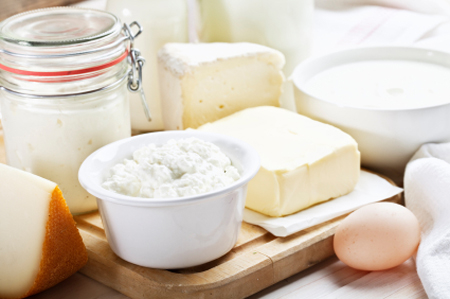 (Agrimoney) – Food prices fell in 2015 for a fourth successive year, and at the fastest pace in seven years – led by the biggest drop on record in the value of meat, the United Nations said.
(Agrimoney) – Food prices fell in 2015 for a fourth successive year, and at the fastest pace in seven years – led by the biggest drop on record in the value of meat, the United Nations said.
Food prices dropped in December by 1.0% month on month to their lowest since April 2009, the UN food agency, the Food and Agriculture Organization, said.
The drop took the decline for 2015 to 17.1% – the second biggest fall in values for a calendar year on records going back to 1990.
“Abundant supplies in the face of a timid world demand and an appreciating dollar are the main reason for the general weakness that dominated food prices in 2015,” FAO senior economist Abdolreza Abbassian said.
Meat price tumble
For meat prices, the drop of 23% last year was by a distance the biggest drop on record, after a 2014 which had lifted values to a record high.
The decline included a 2.2% month-on-month drop in December which the FAO attributed in part to “reduced import demand in the US” for beef, which “intensified competition in other markets” as export supplies backed up.
“For pigmeat, a surge in output in the European Union caused both domestic and export prices to fall,” the FAO added.
Pork prices over 2015 were also undermined by the recovery of the US herd, as the threat from porcine epidemic diahorrea (PEDv) faded.
‘Intensifying export competition’
Cereals were the second worst performer in the FAO index last year, falling by 17.6% to end the year at their lowest since June 2010, with Argentina’s reforms to export taxes and restrictions providing an extra late depressant to values, on top of ideas of ample world supplies.
“Expectation of larger supplies entering world markets following the removal of export taxes in Argentina weighed on wheat quotations,” the FAO said
Corn prices fell “amid intensifying export competition and sluggish international demand”.
Sugar proved the best-performing segment in the FAO index, even with a drop of 4.4% in prices over the year – a fifth successive year of decline, a spell which has seen values near-halve.
Last month, “international sugar prices continued to be influenced by concerns over harvesting delays in the Centre South producing regions in Brazil, caused by excessive precipitation,” the FAO said.
“Prospects of reduced sugar harvests in other main producing countries, in particular India, Thailand, and South Africa, also provided support.”
Southern Africa fears
Indeed, drought in southern Africa has seen grain prices rise in the region contrary to the world trend, as the FAO highlighted last month.
Industry group Grain SA on Tuesday saying that South Africa may need to import 5m tonnes of maize this year, equivalent to about one-half of domestic requirements.
That said, some other commentators have less upbeat estimates for imports, with Chicago broker Futures International, saying that “analysts’ import amounts widely vary, from 700,000 tonnes to 5.0m tonnes”.
The broker itself, flagging “capacity constraints” in South African infrastructure, sees the country’s imports at 1.5m tonnes over 2015-16.
Still, with export pegged at about 300,000 tonnes, this would still see the country as a net importer for the first time in nine years.
Futures in white maize, a food staple, shed 1.6% to 4,807 rand a tonne in Johannesburg on Thursday, but remained close to the contract high of 4,952 rand a tonne set in the last session.




